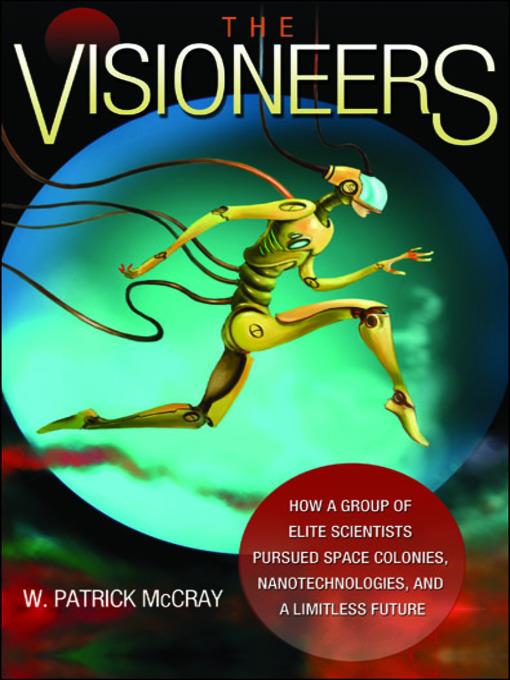
The Visioneers
How a Group of Elite Scientists Pursued Space Colonies, Nanotechnologies, and a Limitless Future
کتاب های مرتبط
- اطلاعات
- نقد و بررسی
- دیدگاه کاربران
نقد و بررسی

Starred review from October 8, 2012
In his fascinating new book (after 2008’s Keep Watching the Skies!), McCray profiles the larger-than-life characters and ideas that changed science and technology in the second half of the 20th century and beyond. The author describes the titular visioneers as “hybrids”—creative combinations of futurist, scientist, and charismatic promoter. At the center of this story are physicist Gerard O’Neill and biotech pioneer K. Eric Drexler. The former’s rigorously realistic designs for space habitats, along with his optimistic dream of regular humans living and working in space, were a vivid antidote to the “widespread pessimism” surrounding the end of the Vietnam War, growing stockpiles of nuclear weapons, and environmental concerns. McCray, a professor of history at UC Santa Barbara, discusses how O’Neill’s vision of space as a tabula rasa for the human race spurred the formation of grassroots groups like the L5 Society and captured the imaginations of many young scientists and engineers like Drexler, as well as influential figures like Stewart Brand and Timothy Leary. Considered together, they “took speculative ideas out of the hands of sci-fi writers” and had an enormous impact on generations of people, science, and political policy. Photos, illus.

May 15, 2013
The term visioneer, a combination of visionary and engineer, was coined by McCray (history, Univ. of California, Santa Barbara; Keep Watching the Skies!) to describe an individual with an an inquiring mind that is not merely scientific or technical but posed imaginatively toward the future. A key component of visioneers is promoting their dream to others, not just inside but also outside the established research community, envisioning what a field of research could become with proper funding and a focused research agenda. The two primary visioneers examined by McCray are Gerard O'Neil, a prominent Princeton physicist who saw space colonization as an answer to Earth's growing population, and Eric Drexler, who was fascinated by the new field of nanotechnology. Both visioneers brought their ideas to the research community and the public in general. Ultimately, neither field developed the way these men had hoped or intended, yet their labors had a lasting effect that went far beyond their own scientific developments. Rather than covering the history of these two fascinating fields of study, McCray focuses on the public relations efforts of these scientists and how their agenda helped shape the national agenda for science and technology research and reveals how these visionaries worked tirelessly to make their dreams a reality. VERDICT Recommended for readers with an interest in the history of science, especially in the space exploration or nanotechnology fields.--William Baer, Georgia Institute. of Technology Lib., Atlanta
Copyright 2013 Library Journal, LLC Used with permission.

























دیدگاه کاربران